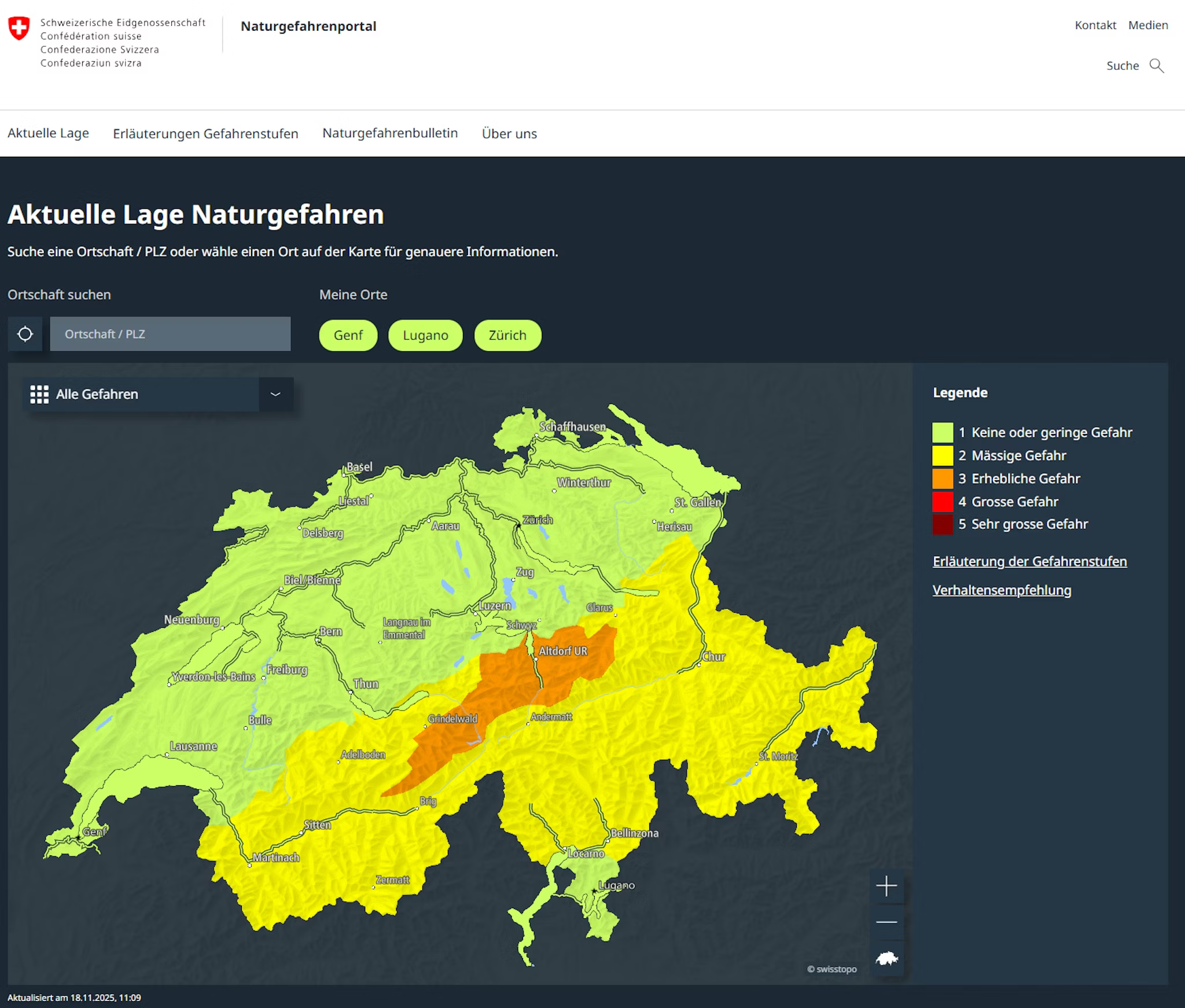It may sound a bit surprising, but in the world of intrusion and intrusion detection systems (EMA), not very much has happened in the last 20 years when viewed as a whole. Especially when you consider other subject areas such as video surveillance. The overall objective is still the same and hasn't changed a bit over the years: An EMA must protect a property from burglars or perpetrators. Whether the transmission technology is done with compressed air, carrier pigeons or electronics is not particularly important in the first place. The changes that have taken place over the last 20 years have been rather gradual and continuous, so there are no striking cornerstones that need to be emphasized. Nevertheless, individual changes can be identified in the different areas of EMAs.
Intrusion: Intelligent intrusion detection systems
At first glance, the field of intrusion detection systems has not developed too much in the last 20 years. Nevertheless, there have been noteworthy changes in the various fields. Currently, this industry is also undergoing an upheaval with IP technology - towards a fully integrated future.

Increased intelligence for the detectors
A lot has happened in the field of detectors and sensor technology in recent years. Today's detectors have an even higher level of intelligence - partly due to the increased use of software and intelligent algorithms - and are thus becoming more sensitive and at the same time more resistant to false alarms. This circumstance has given rise to new and diverse detection systems, especially in the field of perimeter protection, such as laser scanners, which have become established in outdoor applications.
The transmission technology within a plant has also changed. Almost every system today has a data bus that links the components and the individual detectors. In addition, the acceptance of wireless systems among private individuals has increased enormously - and that with a simultaneous drop in price. Security systems have become very affordable over the past 20 years. Added to this is a simple and sleek design that can be integrated into any environment. Especially in EMA technology, there are many detectors or sensors that have been awarded the Red Dot Design Award, a globally recognized seal of quality.
Control centers in the age of apps and touchscreens
Control panels have also become increasingly intelligent - and at the same time more complex - due to the higher proportion of software. Whereas EMAs used to have a programming with a few hundred parameters, today there are already around 5000 possible settings, even for small systems. Today, the user logs in to an operating device by means of a badge and/or password, so that the control panel presents the correct user interface to the user on the basis of the login. The procedure is actually the same as starting up and logging on to a PC. The control panel thus knows exactly who has logged in and what rights the user has, and activates the commands that the user is allowed to execute. The higher proportion of software thus allows a more decided operating philosophy and structure and, thanks to log files, enables detailed information on "who, when, what and where".

Consumer demands
In the age of apps and touchscreens, consumer demands have also changed dramatically. This development has not passed by without leaving its mark on EMA operating devices. The earlier infrastructure of an EMA was only designed to transmit an alarm to the police station or an alarm receiver. Today, however, with the possibility of access via the Internet, very different groups make demands on an EMA infrastructure. On the one hand, these are the usual alarm processors such as the police and alarm receiving centers, but also system installers who can provide support or carry out maintenance and parameterization of the system via the Internet after appropriate authorization, or the end customer who wants to receive information from the system via smartphone and apps. In larger buildings, these are more and more higher-level systems such as control systems that interact with the plant.
Enormous progress in alarm transmission
One topic that is currently undergoing a great deal of change is the area of alarm transmission. Whereas in the past an alarm system only reported that a break-in had occurred via a simple switch contact, today images, sound and the exact location of the detector can be transmitted at the same time. Of course, there were already similar possibilities in alarm transmission 20 years ago. The American Security Industry Association (SIA), for example, was already able to transmit more information than usual at that time using the SIA protocol. However, progress worth mentioning has only happened here in recent years. The advent of IP technology in the last four to five years increased the possibilities in alarm transmission. At the same time, however, maintenance and monitoring costs have increased considerably. Although more data can be transported via the Internet, more and more intensive monitoring is required to guarantee reliable alarm transmission at all times.
Today, thanks to IP technology, it is therefore possible to transmit information in a much more detailed way. Thanks to detailed and integrated protocols such as SIA-IP or VDS 2471, much more information can be transported today: Which detector has triggered, which other detector has also triggered, and what operation was performed by whom. This progress makes it possible to decisively verify a message, which significantly helps to reduce costs as the rate of false interventions can be prevented. The additional remote support option via remote access enables the support of the end user in case of questions and tampering or even to detect and thus prevent faults at their inception through targeted system monitoring.

Integration and merging of systems
Interoperability between the individual systems has also increased dramatically over the years. Today's EMAs can communicate with the video system or the access control system. Today's EMAs are even like small access control or video systems, as they integrate readers and/or cameras for the purpose of alarm verification, for example. Not only has interoperability increased, but so has the functionality within the systems themselves.
One trend that can be clearly identified is technological convergence. The technology of building services and safety systems is becoming similar. At the field level, they always consist of a controller (processor, software) and, if necessary, a higher-level platform that manages everything. The hardware distinction, whether it is an EMA or access control system controller, is shrinking. This technical fusion will move forward, especially if common standards can be established. Here again, costs play an important role. These can be reduced if, in the future, there are multifunctional controllers that can, for example, act both as controllers for building comfort, lighting, heating and cooling or as components for security technology to control doors or intrusion sensors.
In the field of physics and electronics, too, one or the other door will certainly open in the future, allowing intelligent new developments - also thanks to standardized technologies - in niche areas.









